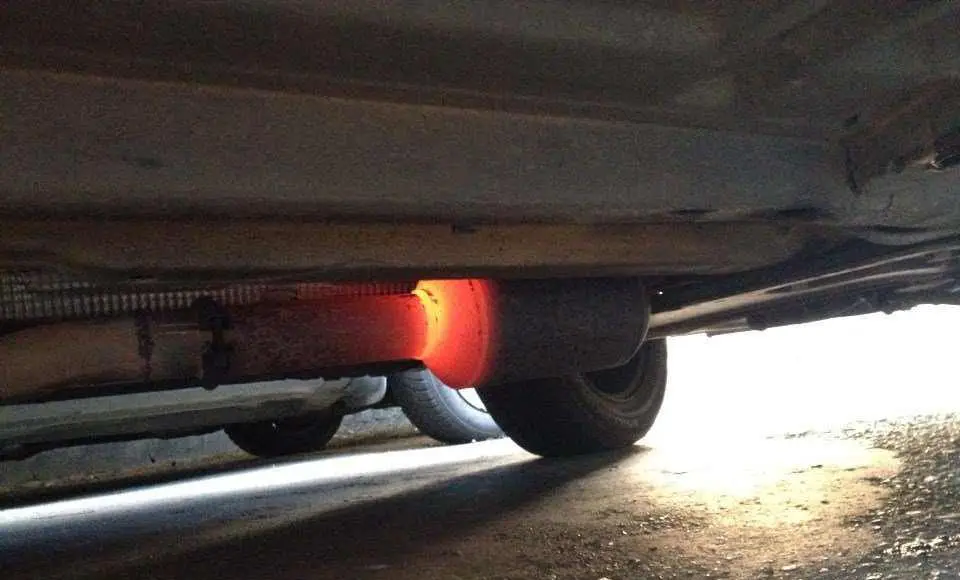How the U.S. Forest Investigation service determined that a hot catalytic converter was to blame for this unfortunate and biblical fire is both beyond me and amazing.
The Ferguson fire just ended a little over a month ago, and, in total damaged close to 100,000 acres of pristine forest land in the Sierra National Forest, Stanislaus Forest, and parts of Yosemite. Earlier this past Friday (Oct. 5, 2018) KTLA reports that the National Forest Service is wrapping up its investigation and places the blame on the entire inferno on one single vehicle parked on some dry grass, specifically a hot catalytic converter. As mentioned, the fact that they can come up with a cause so accurate is amazing and noteworthy.
The Ferguson fire lasted in total close to 70 days before authorities called it one hundred percent contained. Although most of the fire burned in inaccessible wildland, the smoke, ash, and debris impacted several key recreational activity areas in the Yosemite National Park.
In total, officials estimate that the fire cost over $171.2 M, the majority of that money to pay for the hundreds of fire units brought down from all over the United States to fight this fire. As a result, there were two confirmed deaths and 19 non-fatal injuries. KTLA reports that over 3,000 firefighters took part in the fight.
And only now was it determined that a hot catalytic converter ignited what they’re calling “dry roadside vegetation.” It’s too premature to say but I’m going to assume this dry kindling due to sun-drenched areas of California without water makes for ignitable dry grass and tall weeds, even more ignitable in recent years.
Although I’m going to give the benefit of the doubt to this car’s owner’s hot exhaust, that no malicious intent was behind this accident, it’s a good reminder to not park on ignitable dry kindling of any kind. Catalytic converters can get as hot as 1,600 degrees Fahrenheit. Tall and dry grass catches fire in temperatures well below that threshold.
Drivers are going to drive and stop to enjoy nature so this type of fire isn’t so much a matter of if but when.
Drivers who plan to stop and park on dry grass should have a cell phone with good reception nearby. Just in case a fire does start, gets out of hand, and you can’t control it, it’s only fair that you report it ASAP.
If you can help it, don’t park on dry grass to begin with. And if you do, it would behoove you to peak underneath a few minutes after you’ve squared everything together before walking away, maybe lug a fire extinguisher in your trunk to be a good steward of nature.
KTLA further reports that investigators are working to find which specific vehicle started the fire. I can only imagine they’re plugging into some satellite imagery to get this type of pinpoint accuracy.



